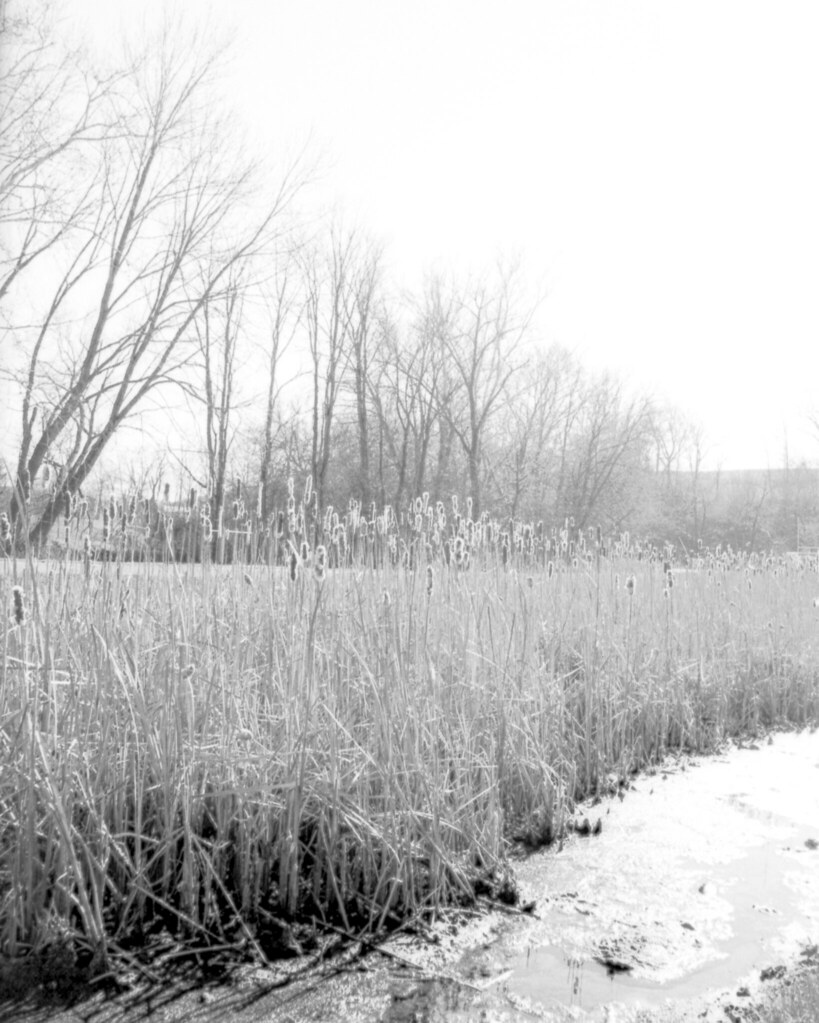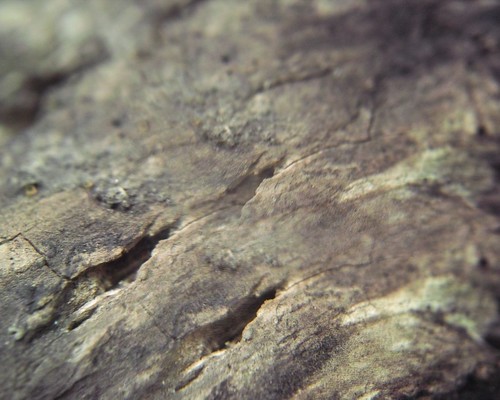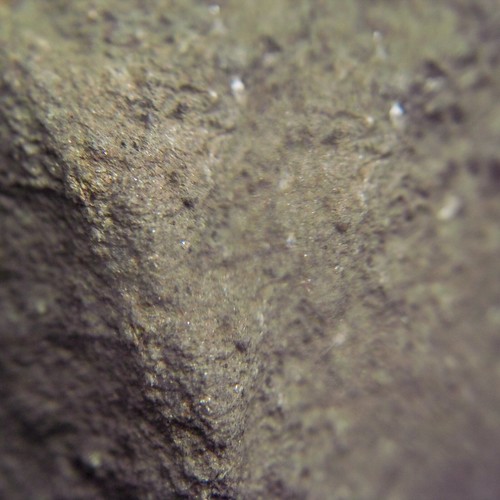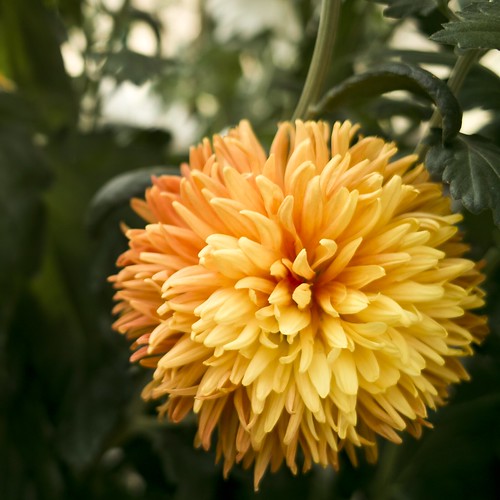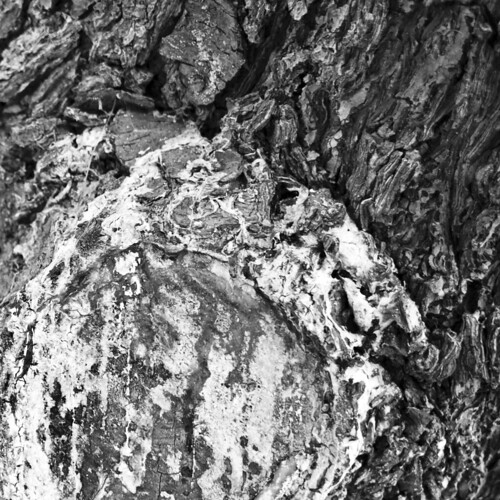Moersch Easylith as Film Developer
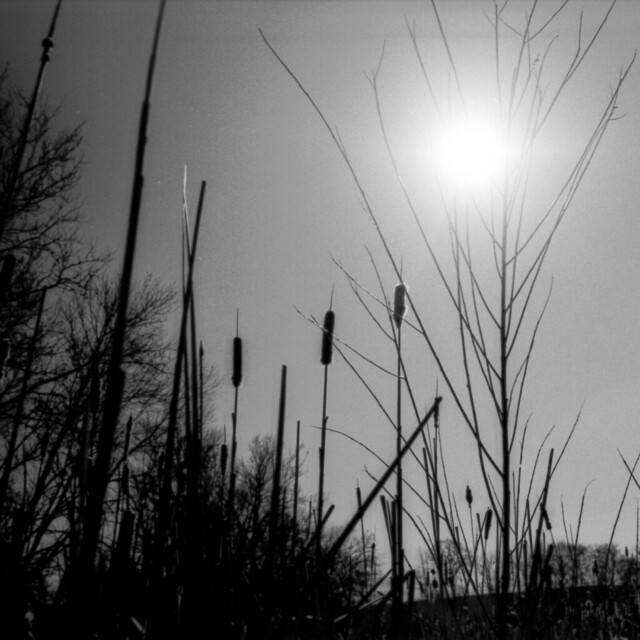 ilford panf+ developed in moersch easylith paper developer.
ilford panf+ developed in moersch easylith paper developer.
For as long as I’ve been interested in photography, I’ve been particularly interested in the aesthetics of high-contrast photography. We were supposed to shoot 400TX in high school, I shot D3200 and made contact prints off of contact prints on the highest graded contrast paper I could find. Now, I find even 400TX to be too fast for my daily pursuits, and I work a hybrid system – developing film, but going digital for post-processing and printing. Digital contrast curves are designed to not be too harsh, but still don’t quite compare to grabbing that contrast in a chemical reaction. So, recently, I decided to try an experiment using lith developer designed for paper on film.
The lith process is a high-contrast process used in the graphics world, for line art and document copy type work. It is a process done in the print stage, using special lith developer, and generally working off of a prepared contact-printed large format lith negative. Lith developers can be rather complicated, coming in as many as five-part systems. Carefully choosing your ratios can dramatically change the end result, which allows for a lot of creative control, but also introduces a lot of room for failure. Moersch makes a two-part lith developer designed to take a lot of the guesswork out of the process, called Easylith. Since these developers are not designed for standard negative film, a lot of guesswork was already going to be involved, so for my experiment, I thought Easylith would be a good start. It’s also rather affordable – $14 at Freestyle Photo works out to just over a dollar a roll at the ratio I’m working in, as a one-shot. And that’s for the smallest (most expensive by volume) set of bottles available.
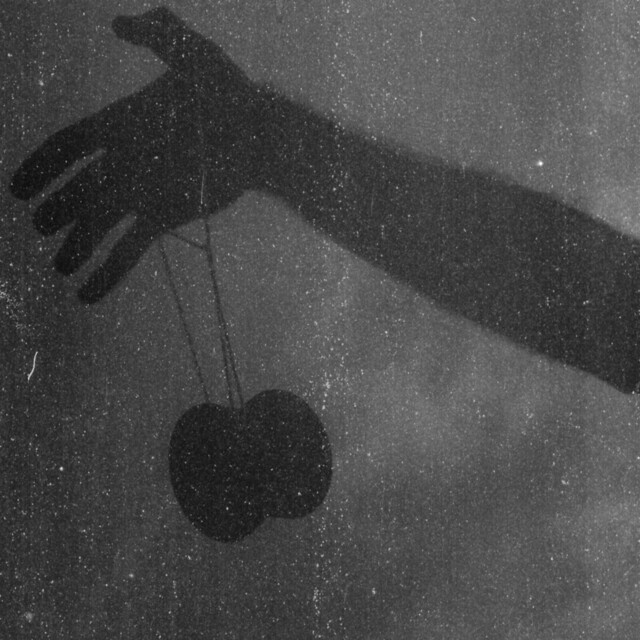 my first roll was extremely underdeveloped/underexposed.
my first roll was extremely underdeveloped/underexposed.
With no guidance from the internet, my first roll was a failure. Negatives were incredibly thin, and when I was able to pull out an image,there was no major pop in contrast. I shot at box speed, used 5cc each of part A and B Easylith, developed at 25c for 10 minutes, agitating vigorously every 20 seconds. When developing paper in Easylith, one is recommended to extend development times, and agitate thoroughly, something I attempted to replicate on the film side. One shot that I had overzealously bracketed came out with decent density, and showed me that I was on the right track, I just needed to go harder. I shot my second roll at a 2 stop (give or take) pull, and used 8cc each of part A and B Easylith, agitating every 15 seconds. These negatives were very dense, and many of them very usable, yielding just the results I had hoped for.
The ‘give or take’ on my 2 stop pull is an important detail. The meter on the Pentax MX only goes down to EI/ISO 20. I was shooting PanF+, rated at 50, which is about a 1.5 stop pull when shot at EI 20. I compensated manually, but in several cases, had a gut instinct to pull even further, and so I compensated even further. My gut instinct was generally wrong, and many of my negatives were impossibly dense. For the sake of experimentation, this is good. I now know to meter for about a 2 stop pull, and trust that I’ll get an image, even if it doesn’t necessarily have the characteristics that I want.
 contrasty scenes like this backlit playground equipment really bring out the developer’s properties.
contrasty scenes like this backlit playground equipment really bring out the developer’s properties.
So, how then, to encourage that unreal contrast that I so desire? Well, shooting PanF+ was a smart choice, being a relatively contrasty film to begin with. Any of the stranger document films that Adox, Agfa, Rollei, &c. put out should give even stronger results. Shooting contrasty scenes, and in contrasty light certainly helps as well. In scanning, my hardware and software blasted such strong light through the negatives, and tried so hard to make them ‘normal,’ that tweaks were necessary in post-processing to bring back the contrast that shines through so brilliantly on the negatives themselves. Finally, I will continue to tweak the process, based on the effects that such tweaks would have if I were doing a normal lith process. This means messing with agitation (which encourages development of highlights), ratio of dev:water, and ratio of a:b. So far, I’m very happy with my results, and it’s only taken me one wasted roll. If anyone out there tries this process, I’d love to hear/see the results, so drop me a line here or on flickr.
Photographic Toy as Photographic Tool – 3R
Note: this article originally appeared on http://brhefele.brainaxle.com.
There has long been a movement in photography in contrast to the Leica shooters who settle for nothing but the purest glass. These photographers instead opt to embrace the effects of the flaws present in toy cameras with their plastic lenses and light leaks. Some people even put toy camera lenses on their fancy DSLRs. Experimental photographers have long embraced expired film, and processing film improperly (warning, links contain some amount of film snobbery).
When I discovered that I had an old 3R filter (seen above) that would fit on my DP2 (I believe I found the filter years before in a discount filter bin, probably paid about a dollar for it), I initially just cast it aside as a stupid, gimmicky toy. A 3R filter essentially repeats part of an image three times over itself (a 5R five times, a 9R nine times, etc.). To demonstrate further…

…which is, in reality, a photo of one bottlecap. Aside from the obvious tripling of the bottlecap, there’s a subtler tripling of the woodgrain. The wood forming lines through the bottlecaps is even evident (with the contrast pushed rather far).
Eventually I realized that I could probably subvert the 3R and use it as an actual creative tool, albeit an unpredictable one, in the spirit of toy photography. My thought was that by tripling existing, expected patterns (much like the woodgrain above), an exciting illusion can present itself, a convincing fake of a too-perfect pattern. Photos which are, in a sense, simulacra of that which they really are. At first I was lazy about this, but more recently I have tried harder. Lining up the most obvious replications, and allowing the minor patterns to fall where they will. In the above shot, I was particularly careful to adjust the filter (and myself) so that the strong diagonal corner of the rock overlapped itself, leading to a pretty convincing photo at first glance. Only in the details is the repetition made more clear. The cheap optical element, as well as resolution loss due to the prismatic shape of the filter lends so some interesting color, strange blurring, and occasionally exaggerated chromatic aberrations, which help give these photos more of a typical ‘toy camera’ feel as well.
One last photo to point out two more things. First, something which is rather uniform in nature to begin with (such as water) can be pretty convincing without much extra help. Second, the notion of the filter leads to some very interesting shapes in the highlights (see the sparkles on the left), which should mean some interesting bokeh is possible (if you could make a reasonable composition which would also have the opportunity for nice bokeh spots – that would likely be the trick).
Square Format Photography
Note: this article originally appeared on http://brhefele.brainaxle.com, and at a time when I was only really able to shoot digital. Some of it is specific to digital, or to the DP2, though largely it is about the aesthetics of the square.
Square format photography has recently become a fascination of mine. Perhaps I should have been born in an earlier time, the era of the Rolleiflex TLR, a popular medium-format camera which shot in squares. But alas, these days it seems that 8×10 and similarly proportioned rectangular formats are expected of photographers. Art in general has long fallen back on rectangular formats, squares primarily occuring in the abstracted and nonrepresentational arts. Indeed, in school we were never encouraged to break from 8×10 photographic prints, trimming of the paper only served to repair a faulty crop. In all the art classes I’ve taken in all the schooling I’ve been through, the only squares I remember making were tiles for a high school ceramic class – a classic exercise serving double-duty as decoration for the front of the school itself.
So, regardless of my ability to use cropping Ls to form a square, I never did. It never even crossed my mind until I recently acquired a Sigma DP2, my first foray into digital (another story for another day). Cropping digitally is in many ways less pleasant than cropping in print, but it’s also very quick and therefore allows for quick discovery and experimentation. So, quite quickly, I discovered and fell in love with the square crop.
Why?
I do a lot of textures, especially on old trees. I find the square format works well for this, offering a no-nonsense, in-your-face presentation of a texture. I also like to use a square to frame things ‘square in a square.’ The above image is one of my favorites because it does both. It shows off a variety of tree textures in the square format. In my opinion, the angles and the curves of the bark simply wouldn’t have as much impact in a rectangular format. As for the ‘square in a square,’ I’ve intentionally shot it so that the darker bit of the tree frames the (white) sap-covered bit.

4:5 ratio

2:3 ratio

1:1 ratio
This is not the best example, but it does show off how an image’s proportions can affect the impact of the angles within. The first crop is 4:5, the same as an 8×10 print. It is my least favorite of the group, the angles have no impact whatsoever in my mind. Angles of a lesser degree would give the photo more punch, but would still have less impact than ~45º angles in a square frame. In comparing these three, I’d have to say that the 4:5 has the least interest because it’s almost but not quite a square. In art, you’re either in or you’re out, you don’t come close to being square and then give up once you hit 80%. The second image, 2:3, is the ratio that comes out of the camera. It’s wideness actually gives it a much more dynamic feel than its 4:5 counterpart. Finally, we have the 1:1 image, which emphasizes the ~45º angles in a very strong way, as they cut very neat pieces of the photo off at every slash. This is debatable, of course, but in my opinion, the simplicity of the square frame really lets the content within burst out at the viewer.
Finally, how?
When I first got my DP2, I wanted to turn on guidelines for quick approximation of my thirds. I always liked having a gridded finder when I shot film SLRs – it helps make quick compositions when necessary, and is easy to ignore the rest of the time. The DP2 offers three options – two lines (four blocks), four lines (nine blocks), and six lines (sixteen blocks). The first makes a lot of sense to me, it’s essentially a clearer reticule for spot metering, &c. The second, four lines, is what I was looking for – the lines fall on the thirds. The third, I could think of no practical use for. The lines fall on quarters rather than thirds, and I’m not especially familiar with the rule of quarters!I have since discovered that these lines are helpful for composing photos that I believe will make good 1:1 crops.

If we look at our LCD, broken into sixteen blocks, we can determine that every block is three units wide and two tall (by these numbers, we start with our full crop at 8×12). If we completely disregard the left side of the screen (top if we’re shooting portrait orientation), we end up with an 8×9 image, neatly broken into thirds (on the long axis – the short axis is obviously still broken into quarters, but every little bit helps). It’s not a square, but it’s close enough to get a quick square format crop composed.
The other big ‘how’ is how to know when square format will work. It’s a big decision, as you end up cropping out a third of your pixels! Clearly not every shot needs to be square format, and the easiest way to learn what best fits your own aesthetic is to simply try things. Set your crop to 1:1, and flip through a handful of photos. You’ll quickly see patterns, things that you like. I know by now that if something is relatively square or circular to begin with, that I’d probably like to match it up against my third lines and present it as a ‘square in a square.’ Learning comes quick with experimentation, and experimentation is easy when you don’t have to wait for a print to step out of the bath.
- An article by Gary Mortensen, singing the praises of 6×6.
- squareFormat group on Flickr
- My square photos on Flickr, including the flower and tree seen above (those individual photos link to their respective pages)
